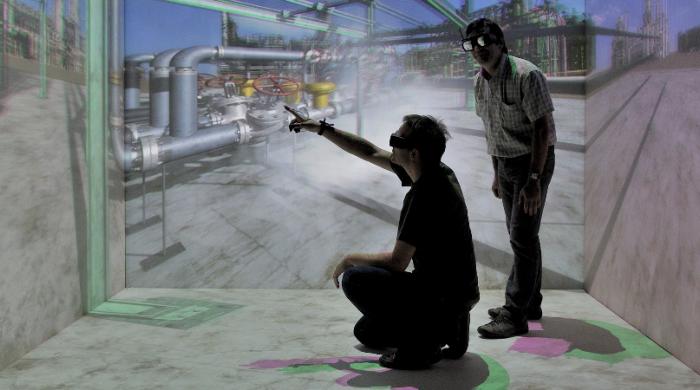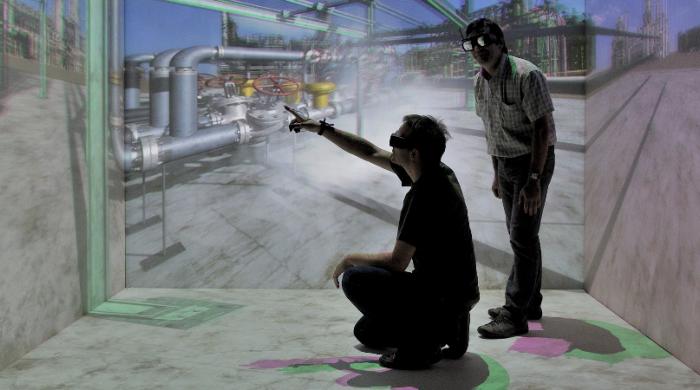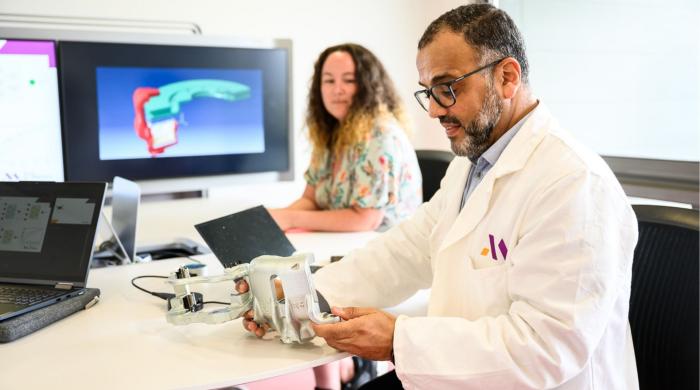
Pierre RAIMBAUD, Computer Science, will publicly support his PhD thesis work entitled : Virtual reality for building industry needs: guiding the design of user interactions through a taskcentred methodology directed by M. Frédéric MERIENNE and M. Tiberio HERNANDEZ, « Co-tutelle » with "Universidad de los Andes" (COLOMBIA)
Defence: Tuesday the 17th of November, 2020 at 3.00PM (Paris time)
Language: English
Place : videoconference via Teams - Microsoft Teams link
Jury members
Rapporteurs
- M. Guillaume MOREAU Ecole Centrale Nantes
- M. Frédéric NOEL Grenoble INP
- M. Fernando DE LA ROSA Universidad de los Andes
Examinateurs
- M. James Herman OLIVER Iowa State University
- M. Frédéric MERIENNE Arts et Métiers
- M. Jose Tiberio HERNANDEZ Universidad de los Andes
Invités
- Mme Florence DANGLADE Arts et Métiers Invitée
- M. Ruding LOU Arts et Métiers Invité
- M. Pablo Figueroa Universidad de los Andes Invité
Keywords
Virtual Reality, Building Information Modelling, User-centred design methodology, Task-centred design methodology, Practical guide
Abstract
The field of virtual reality (VR) has undergone significant development these last years due to the growing maturity
of this technology. This has allowed for its diffusion in many domains, notably in the building construction one.
However, a problem resulting from such use of VR is that the VR interactions provided to the users are often not
sufficiently adapted to their needs. It is indeed difficult to make a synthesis between the building trades’ expertise
and the VR expertise. A research question then arises, which is how to allow the experts in a specific field, who do
not have VR expertise, to be able to define and obtain the specifications of VR interaction technique, in autonomy.
To answer this question, in this research we propose a new task-oriented methodology for the design of VR
interactions. This one contains semi-automated systems that allow for the decomposition of the user task and for the determination of proposals of VR interaction techniques - i.e. the obtaining of the two types of specifications that are expected here. This methodology has been tested and evaluated on two case studies from the building sector. The results obtained show that our methodology can be used by experts from the construction industry, in autonomy, and that they have obtained specifications similar to the ones obtained by following a traditional user-centred design
methodology








